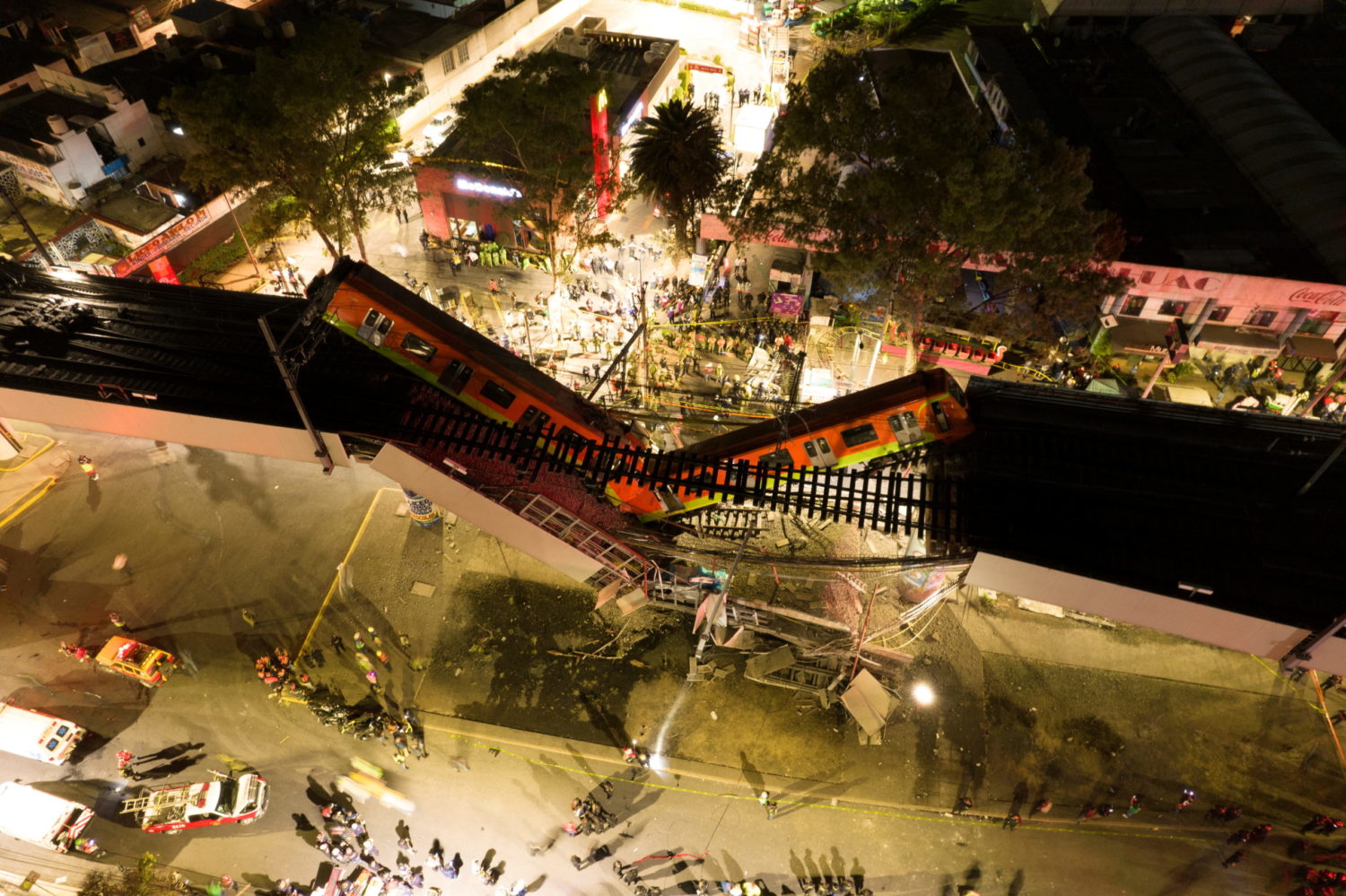
By Akiko Okamoto, Linda Sieg and Kiyoshi Takenaka
TOKYO (Reuters) – The head of the Japan Medical Association called on Tuesday for a nationwide state of emergency to contain a surge in COVID-19 cases in Olympics host city Tokyo and elsewhere, Kyodo news agency said, as worries grow about a strained healthcare system.
The call by JMA President Toshio Nakagawa followed Prime Minister Yoshihide Suga’s announcement that only COVID-19 patients who are seriously ill and those at risk of becoming so will be hospitalized, while others isolate at home, a shift in policy some fear could boost the death toll.
Japan has seen a sharp increase in coronavirus cases. Tokyo, which had a record high of 4,058 new infections on Saturday, had another 3,709 new cases on Tuesday.
Tokyo hospitals are already feeling the crunch, Hironori Sagara, director of Showa University Hospital, told Reuters.
“There are those being rejected repeatedly for admission,” he said in an interview. “In the midst of excitement over the Olympics, the situation for medical personnel is very severe.”
Chief Cabinet Secretary Katsunobu Kato told reporters fewer elderly people, most already vaccinated, were getting infected.
“On the other hand, infections of younger people are increasing and people in their 40s and 50s with severe symptoms are rising,” he said, adding some could not immediately get admitted to hospital.
Suga announced the change in hospital policy on Monday, saying the government would ensure people isolating at home can be hospitalized if necessary. Previous policy had focused on hospitalizing a broader category of patients.
Suga and Olympics organizers say there is no link between the July 23-Aug. 8 Summer Games and the sharp increase in cases.
Medical experts, however, have said holding the Olympics sent a confusing message about the need to stay home, contributing to the rise.
Unlike the voluntary restrictions and low vaccination rates elsewhere in Japan, more than 80% of the people in the Olympic village in Tokyo for athletes and coaches are vaccinated, testing is compulsory and movement is curtailed.
Organisers on Tuesday announced 18 new Games-related COVID-19 cases, bringing the total since July 1 to 294.
‘IN-HOME ABANDONMENT’
On Tuesday, Suga, meeting with heads of national medical groups, vowed to “protect people’s lives”.
“The spreading infections on a nationwide scale are approaching our biggest crisis since last year’s first wave,” Nakagawa said.
Some worry the hospital policy shift could lead to more deaths.
“They call it in-home treatment but it’s actually in-home abandonment,” opposition Constitutional Democratic Party of Japan leader Yukio Edano was quoted as saying by NHK public TV.
Japan on Monday expanded its state of emergency to include three prefectures near Tokyo and the western prefecture of Osaka. An existing emergency in Tokyo – its fourth since the pandemic began – and Okinawa is now set to last through Aug. 31.
Japan’s latest emergency steps, unlike stricter measures in many countries, have focused mainly on asking eateries that serve alcohol to close and those that don’t to close by 8 p.m.
The country has avoided a devastating outbreak of the virus, with about 941,000 total cases and just over 15,000 deaths as of Monday.
But it is now struggling to contain the highly transmissible Delta variant even as the public grows weary of mostly voluntary limits on activities and the vaccination rollout lags.
Just under 30% of the population is fully vaccinated, including three-quarters of those 65 and over.
Nearly 70% of hospital beds for seriously ill COVID-19 patients were filled as of Sunday, Tokyo data showed.
Showa University Hospital’s Sagara said there was a difference between theoretically available beds and beds that could accept patients immediately.
“I think the latter is close to zero,” he said, adding that if infections keep rising, hospitals will have to limit surgery and other non-COVID-19 treatments.
“We must avoid a situation in which the Olympics was held but the medical system collapsed,” he said. “At present, infections are spreading quite a lot and if they spike further, (the Olympics) will be considered a failure.”
According to health ministry guidelines, seriously ill patients are defined as those admitted to intensive care units (ICUs) or needing artificial respirators.
The Tokyo Shimbun newspaper said 12,000 patients were isolating at home, a 12-fold increase in the past month.
(Reporting by Linda Sieg, Akiko Okamoto and Kiyoshi Takenaka; Additional reporting by Ritsuko Ando, Ami Miyazaki and Tim Kelly; Editing by Gerry Doyle and Nick Macfie)









